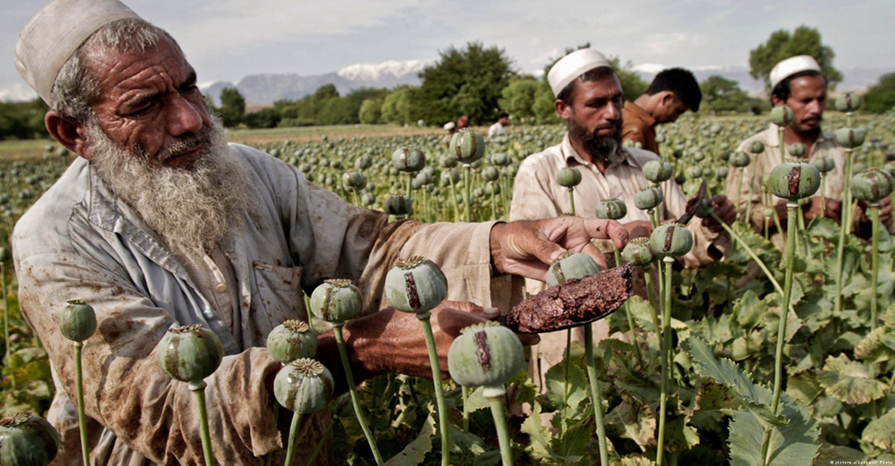Opium cultivation in Afghanistan has risen by 19% in 2024, despite the Taliban’s strict ban on narcotics, according to a new report from the United Nations. The United Nations Office on Drugs and Crime (UNODC) released the report, showing that while the area dedicated to opium poppies increased this year, it is still far below the levels before the Taliban crackdown.
In 2024, the total area of opium poppy cultivation in Afghanistan reached 12,800 hectares (about 31,629 acres). This marks a significant decline from the peak of 232,000 hectares (573,284 acres) of poppy fields that existed before the ban was implemented in 2022. Despite the rise in 2024, the extent of opium farming remains a fraction of what it once was, with a 95% drop recorded in 2023.
Roza Otunbayeva, the special representative of the UN Secretary-General in Afghanistan, emphasized the positive impact of the Taliban’s ban. She said that the reduction in opium cultivation was welcomed not only by Afghanistan’s neighbors but by the global community as well.
However, the report also reveals a shift in cultivation patterns. Opium farming is no longer concentrated in the southwestern regions, where it was traditionally grown. In 2024, 59% of the country’s opium cultivation occurred in the northeastern provinces. These areas saw an explosive increase of 381% in poppy farming compared to 2023. Badakhshan, one of these northeastern provinces, was responsible for a large portion of the rise in opium production.
While the Taliban’s ban has led to a steep reduction in opium cultivation overall, the report suggests that enforcement challenges and shifting cultivation patterns remain significant issues. The move towards northeastern Afghanistan highlights how farmers are adapting to the prohibition by relocating production to areas where the ban might be less enforced or less effective.


